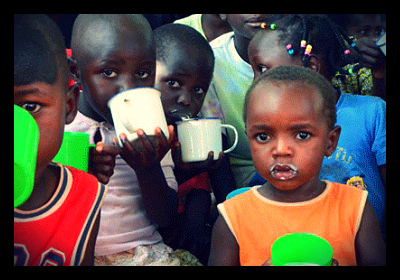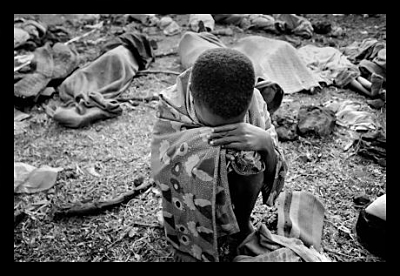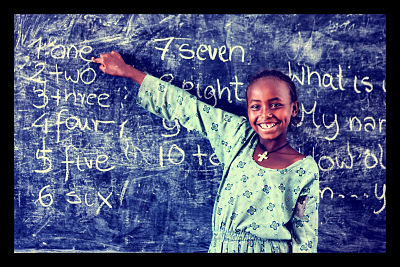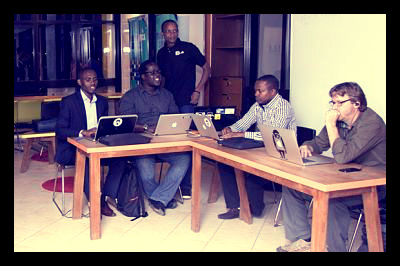Raphael Lemkin first conceived the term “genocide” in 1944 in reaction to the Holocaust during World War II. The term was first used in a legal setting during the charter of the International Military Tribunal in 1945. In 1946, the United Nations General Assembly made genocide a crime punishable under international law. According to the U.N., Dr. George Stanton of the Department of State first outlined the stages of genocide in 1996.
Recognizing and being aware of stages of genocide are imperative for its prevention. The first six stages are considered the warning signs, and if governments wish to successfully prevent genocide, they must act during the first six stages.
8 Disturbing Stages of Genocide
1. Classification
Classification refers to a division of the population into racial, religious and ethnic divisions. In Rwanda, the population was divided into Tutsi and Hutu, an ethnic divide in which the Tutsi were considered nobility. The stark divide between culture and ethnicity in Rwanda created an environment prone to conflict. According to Genocide Watch, recognizing this, finding and closing the divide is a successful preventative to genocide.
2. Symbolization
Symbolization refers to labeling the classified group. The groups dividing society are identified by a certain name, language, type of dress, uniforms or religious symbol. In Cambodia‘s Khmer Rouge, people from the Eastern Zone were required to wear blue scarfs. Similarly, Nazi Germany required Jews to wear a yellow star. The symbolization of a certain ethnicity, race or religion easily and visibly differentiates that group, and the gap between two groups widens.
3. Dehumanization
Dehumanization, as the word suggests, is a process by which a particular group is marked as sub-human. This includes describing them as animals or disease. The process of dehumanization often involves negative propaganda campaigns. The U.N. provides the example that a Rwandan newspaper labeled the Tutsis as “cockroaches.” Currently, the Rohingya Muslims in Myanmar are referred to as illegal immigrants, and many government leaders refuse to recognize even the existence of the Rohingya. The process of dehumanization allows the government to violate the human rights of the targeted group without the widespread criticism of the country’s people, just as long as the propaganda efforts are successful.
4. Organization
Organization refers to the planning of action, as genocide requires both collective action and group identification. In the case of Nazi Germany, the Nazi’s created a “final solution.” However, the level of organization differs by group. For Nazi Germany, the genocide was highly bureaucratic. Genocide also argues that states employ militias, such as the Janjaweed in Darfur and Interahamwe in Rwanda, in order to avoid blame.
5. Polarization
In the polarization stage, groups are further driven apart by extremists. Those who did not participate in the previous stages are forced to separate themselves by the targeted group through intimidation by extremists. The U.N. cites Kristalnacht, when hundreds of synagogues were burned in 1938, as an example. In this stage, Dr. Stanton argues, moderates are key to preventing the furtherance of genocide. Involvement of outside groups would include providing security for these moderates and combating the extremists.
6. Preparation
In preparation, further planning takes place. For instance, “death lists” are created or people are segregated into camps. At these camps, the targeted groups are subjected to starvation and disease, mimicking the consequences of extreme poverty. Weapons are stored and, as the U.N. states, death camps are built. In this stage, Stanton recommends international military intervention but notes this only occurs if there is significant political will. In many instances, intervention, if any, only occurs during the extermination stage.
7. Extermination
The extermination stage is genocide. In Rwanda, almost 1 million moderate Hutus and Tutsis were killed in 100 days. During the Holocaust, five to six million Jews were killed. The Khmer Rouge killed nearly 2 million people in Cambodia. According to the UN, there have been over 70 million deaths due to genocide and politicides since its founding. These numbers evidence the importance of prevention in the first six stages of genocide. The willingness to intervene and political will must overcome doubts or fear of political costs.
8. Denial
In the final stage, the perpetrators attempt to cover up their crimes or refer to reports of genocide as overstated. In some cases, those who violated the human rights of another group refer to the conflict as a “civil war.” The failure of international crime tribunals or individual nations to refuse to recognize the denial perpetuates future genocides. Hitler justified his extermination of the Jews by referring to the unpunished Armenian genocide.
In many cases, those who are not subjected to direct violence by the perpetrators of violence are victims of extreme poverty, as their economic prospects are extremely limited by government abuses and bias. The key to preventing further genocides is to both punish perpetrators after they occur and intervene as the initial stages are occurring. However, this requires the political will to combat human rights abuses before violence and “extermination.”
– Tara Wilson
Sources: History Channel, UNITAR, Genocide Watch 1, Genocide Watch 2, New York Times, SURF Survivors Fund, World Without Genocide
Photo: Modern History Project 2012




